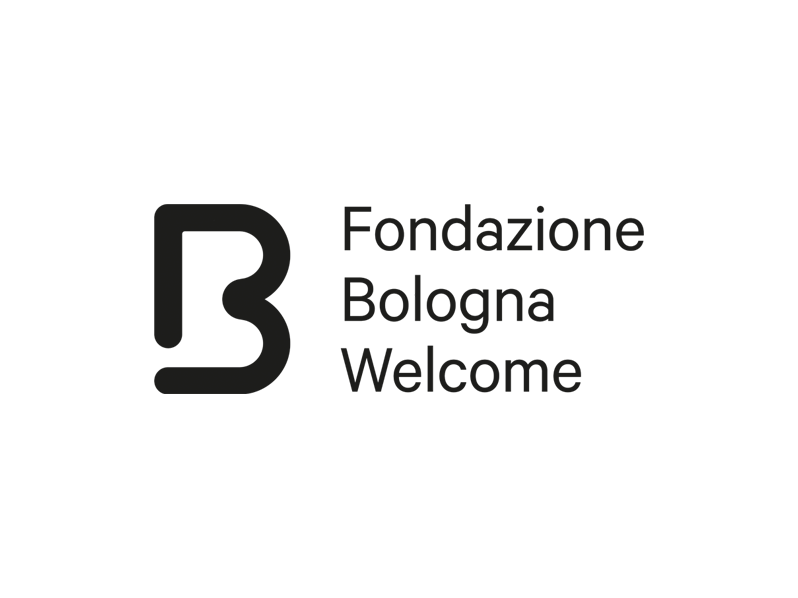Bologna in two days
Updated on 14 October 2020 From Bologna Welcome
We have only two days to spend in Bologna. Where should we go?
The first day here should be entirely devoted to the old town. Start your journey from via Indipendenza, the city’s main street connecting Piazza Maggiore to the train Station, now part of the pedestrian area comprising the nearby via Rizzoli and via Ugo Bassi, which become traffic-free on weekends. Then explore the university district and its museums, according to your interests, and make sure you don’t miss a glance to the little window in via Piella overlooking one of the city’s surviving canals (canale delle Moline), living trace of Bologna’s little-known past. You can now move towards the Jewish Ghetto, an enchanting place marked by a unique maze of colourful alleys, craft shops and historical anecdotes. The majestic two towers, Asinelli and Garisenda, rise just behind you, and do consider getting to the top of the former to be awarded by an amazing view over the city’s innumerable red roofs.
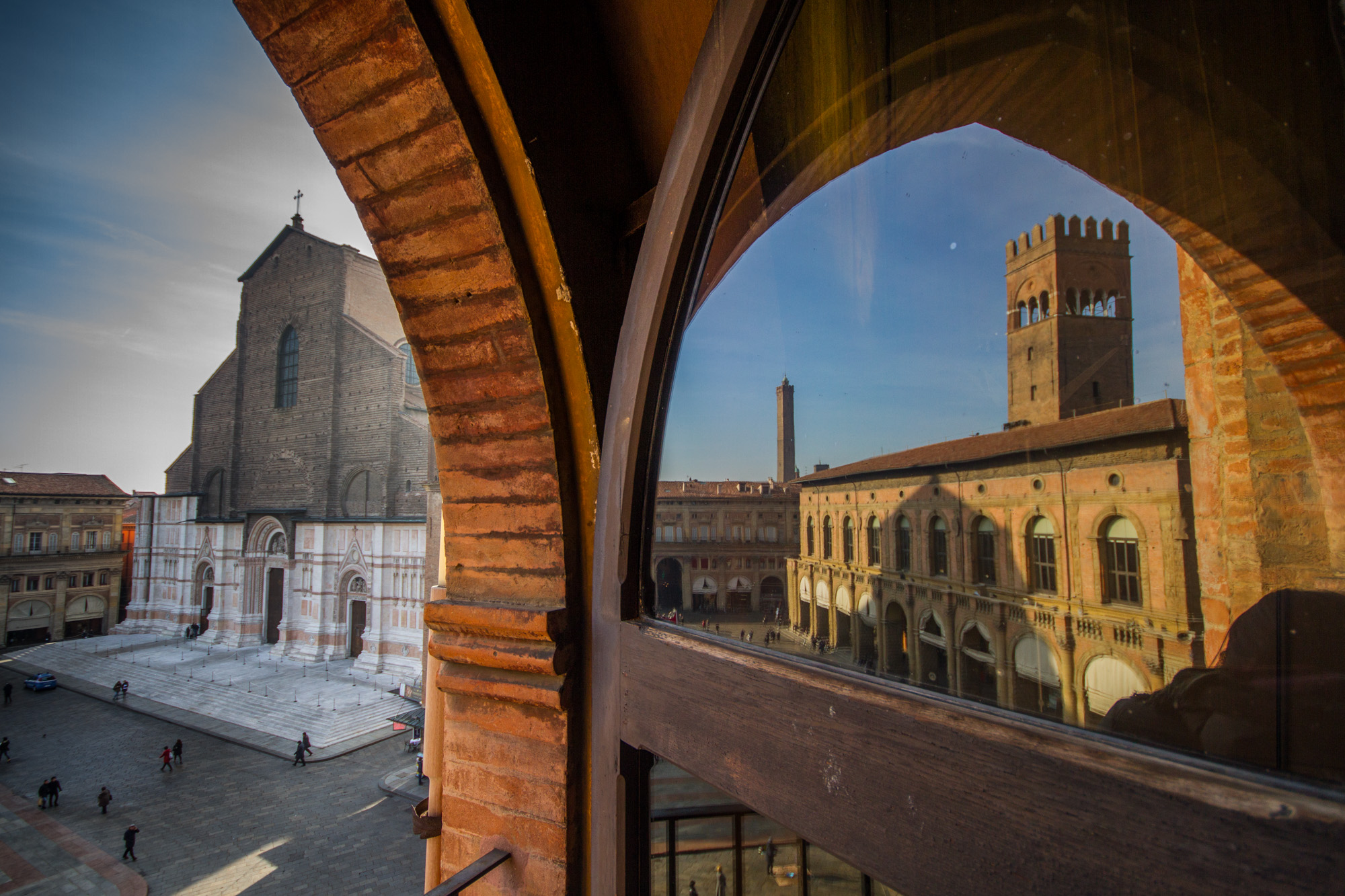
Continue
your visit by reaching the city’s beating heart, Piazza Maggiore, overlooked by
the magnificent Basilica of San Petronio, whose construction was strongly
motivated by the civic and religious willpower of the population, and which
hosts the longest sundial in the world. The square is also dominated by other
iconic buildings, such as palazzo dei Banchi, Notai, Palazzo d’Accursio, seat
of the Municipality, Palazzo del Podestà and Palazzo Re Enzo, now housing the
offices of Bologna Welcome and ExtraBo respectively, our information points for
the tourist promotion both of the city and its metropolitan area.
After visiting the oldest university of the western world, the Archiginnasio, attracting lots of national and international students every year, just have fun with your children by trying the whispering game under the Mayor’s Vault (Voltone del Podestà) and by exploring the kids area inside the Sala Borsa Library.
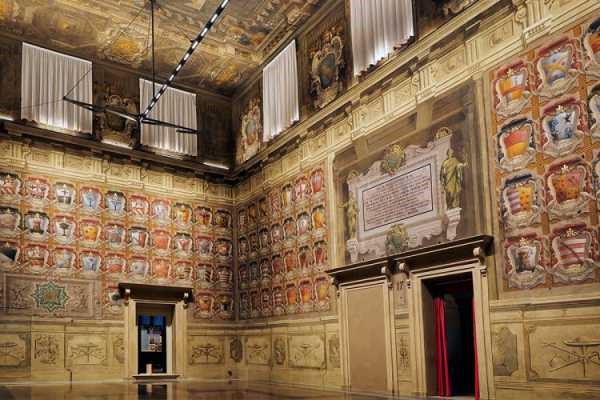
And
where should we eat?
Bologna is commonly known as “the Fat” among other epithets, because of its opulent food and wine culture, where tradition and innovation intertwine harmoniously. The manifold inns, pubs, taverns of the university district, or the refined restaurants of via Righi and Indipendenza will be able to satisfy even the most demanding tastes.
The city is tinged with warm red hues at nightfall, when you should really enjoy an aperitif or a cocktail in one of the many bars around the Mercato delle Erbe, the old town’s largest covered market, or strolling along the alleys of the Quadrilatero District, just a stone’s throw away from Piazza Maggiore.
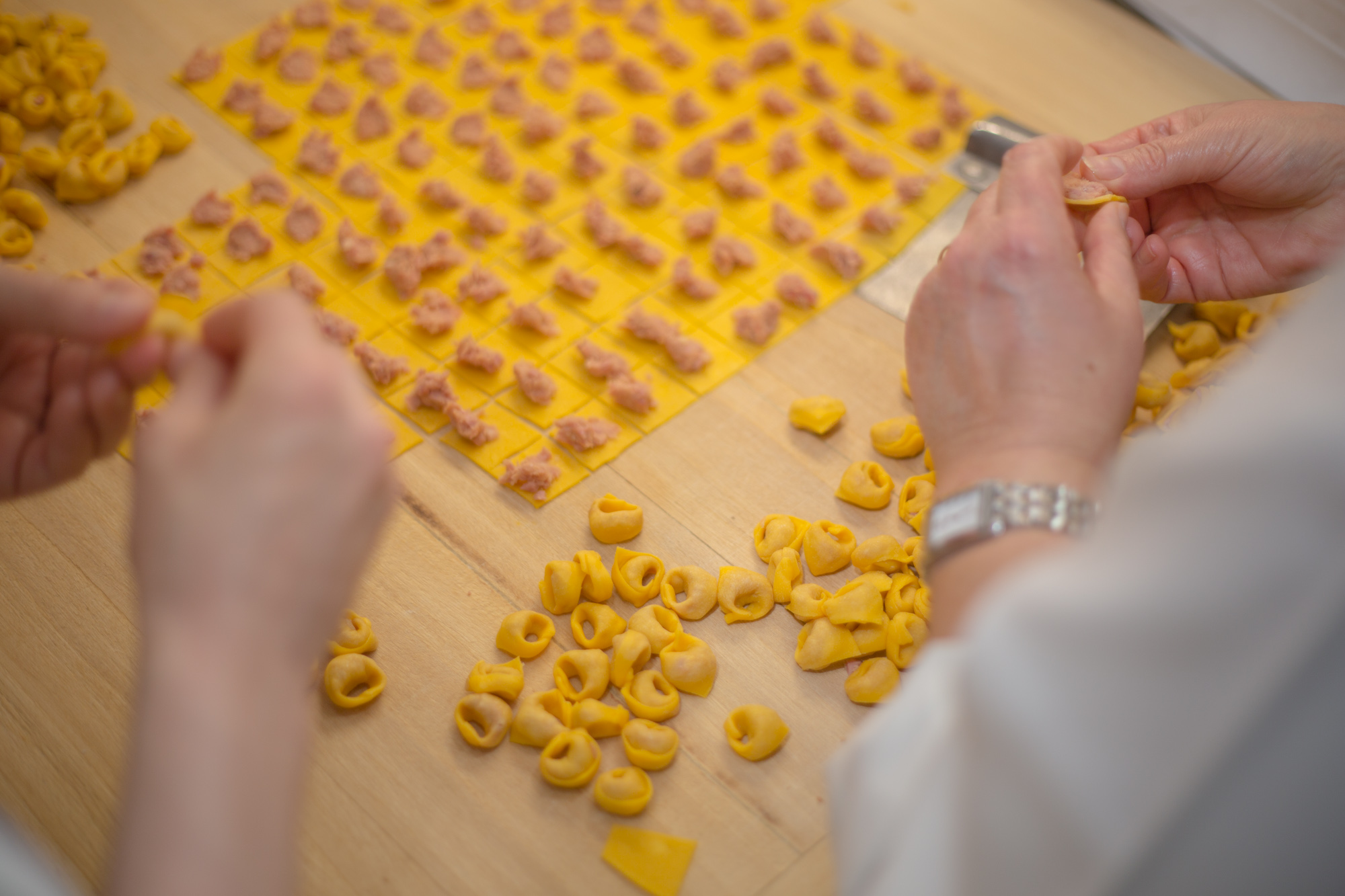
What
about our second day here?
For your second day, I would definitely recommend a visit to the Rocchetta Mattei, an eclectic gothic-medieval castle up in the Apennines characterised by showy Moorish decorations, which contribute to creating a magical and solemn atmosphere. Originally built on the remains of an ancient thirteenth-century citadel, the Rocchetta Mattei represents today an intricate maze of towers, staircases, reception halls and multifarious private chambers. It is yours to discover, but remember to book your visit in advance!
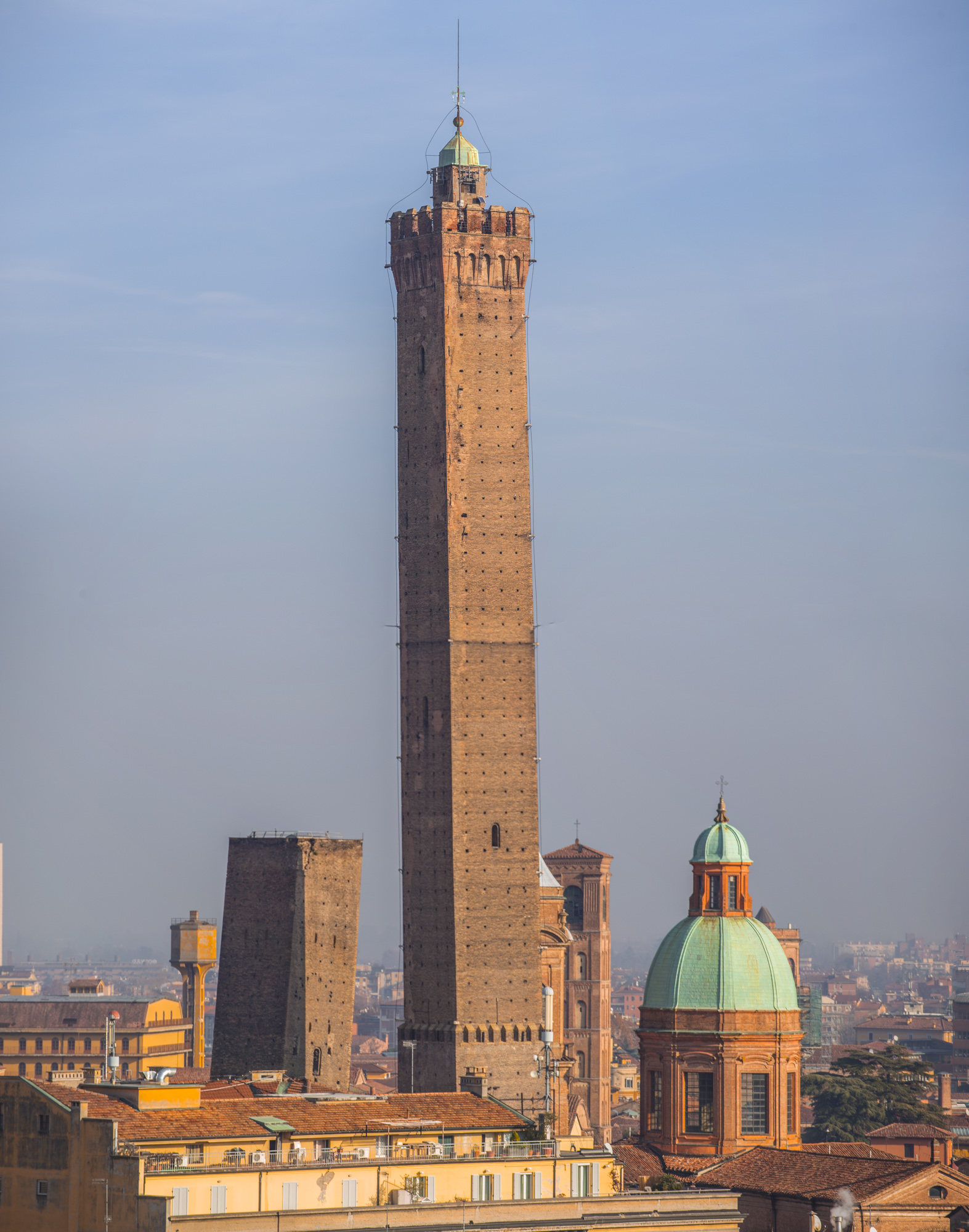
How
should we spend the afternoon?
The rest of
your day, or at least some hours, should be devoted to the Sanctuary of SanLuca, reachable on foot, by bus or by riding the practical little tourist
train, which stops right in front of the church on the hill’s summit. After a
long climb, enjoy your well-deserved break at one of the many refreshment
points, discussing about the actual number of the arcades that make up the
portico you have just run along.
If you managed to save up some energy, you can behold the sunset from the terrace of San Michele in Bosco after visiting the religious complex, which conceals a hidden gem very few people are aware of: a telescope effect view over the Asinelli Tower. Alternatively, you may opt for exploring Piazza Santo Stefano and the beautiful “seven churches”, then the church of San Domenico, Lucio Dalla’s birth house in via D’Azeglio (accessible only if accompanied by a tourist guide), and the church of Santa Maria della Vita with the famous sculptural complex “Lamentation over the dead Christ” by Niccolò Dall’Arca.
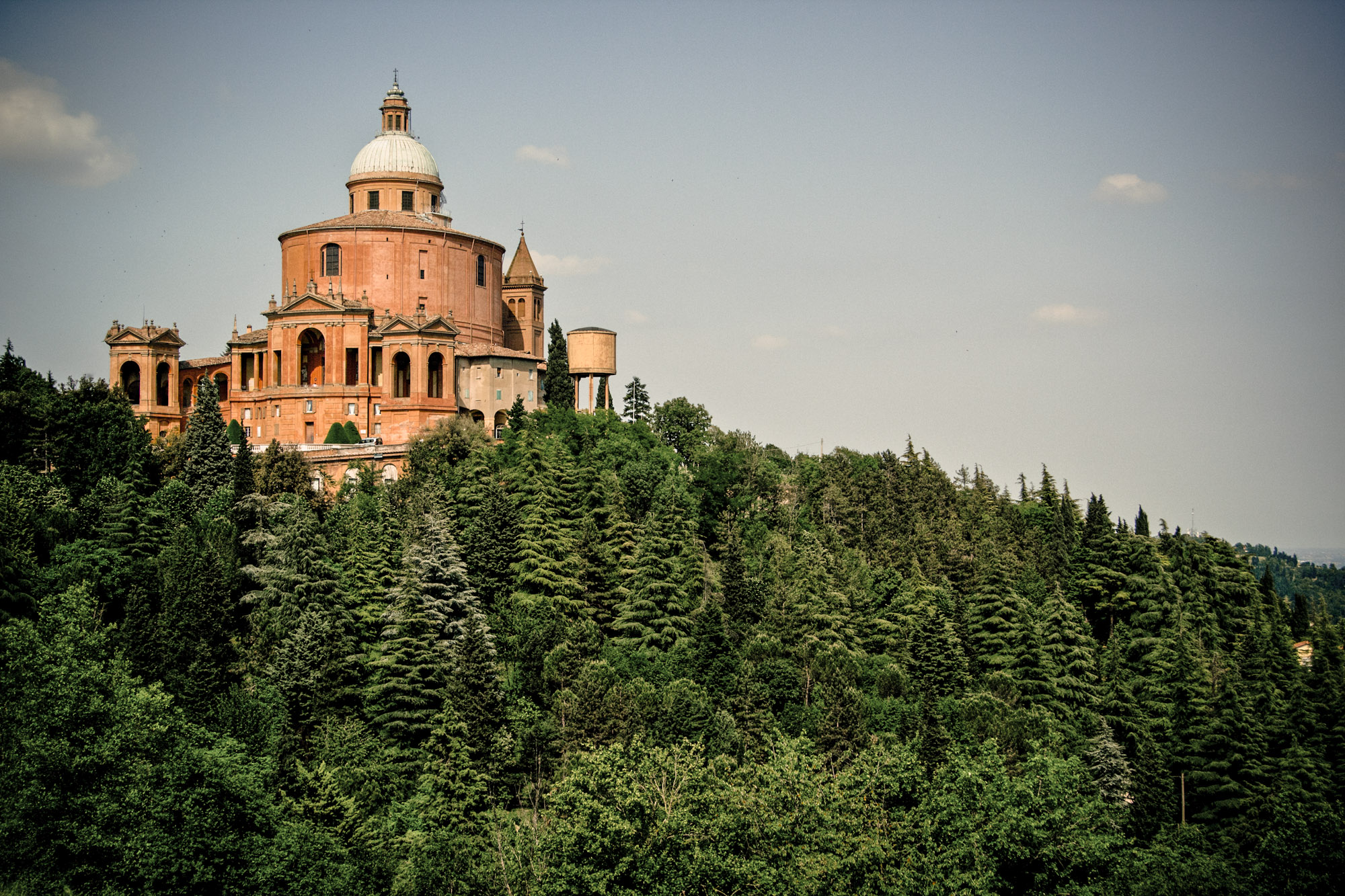
This is only a short list of the many attractions of our territory. We’re looking forward to welcoming you with other marvelous offers to be experienced.
Giovanni Trombetti, a third-generation hotelier and restaurateur, he has also been Vice President of Federalberghi Bologna since 2002 and, since July 2020, President of Bologna Welcome, the company in charge of national and international promoting Bologna and its metropolitan area.
